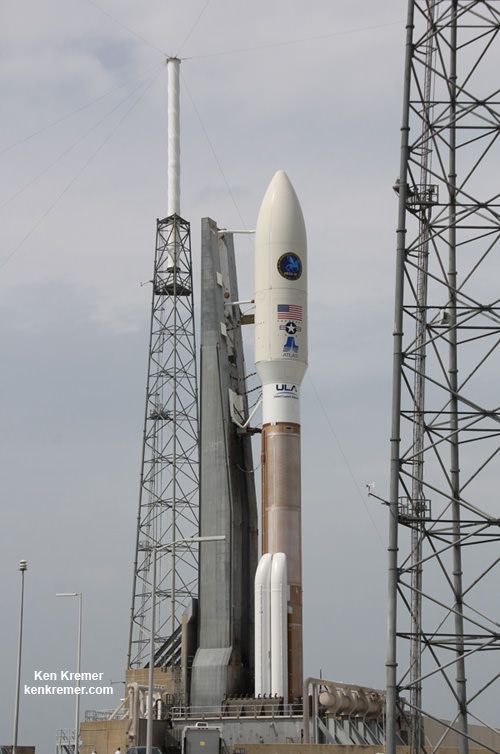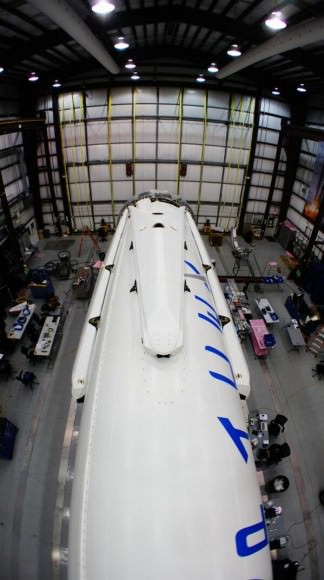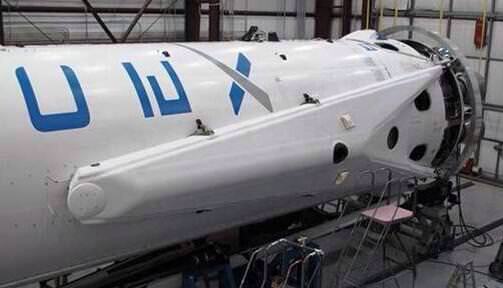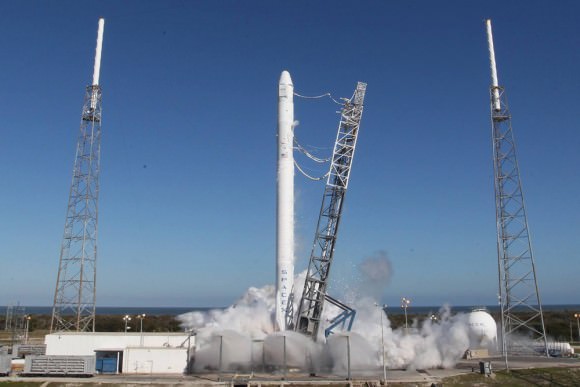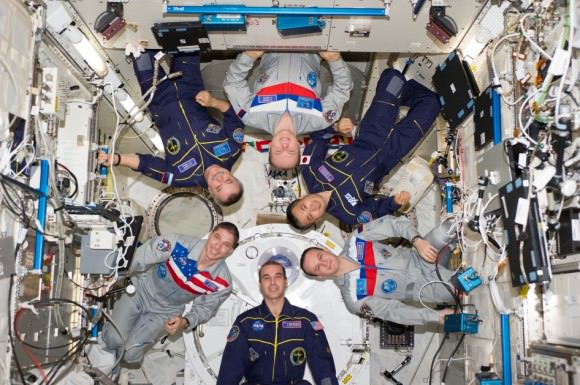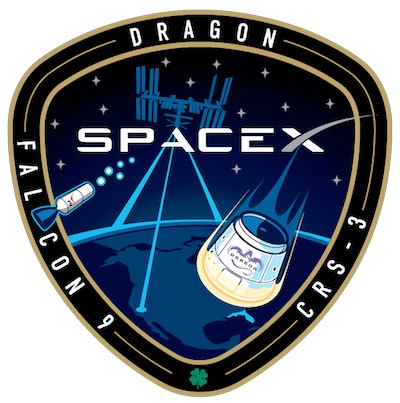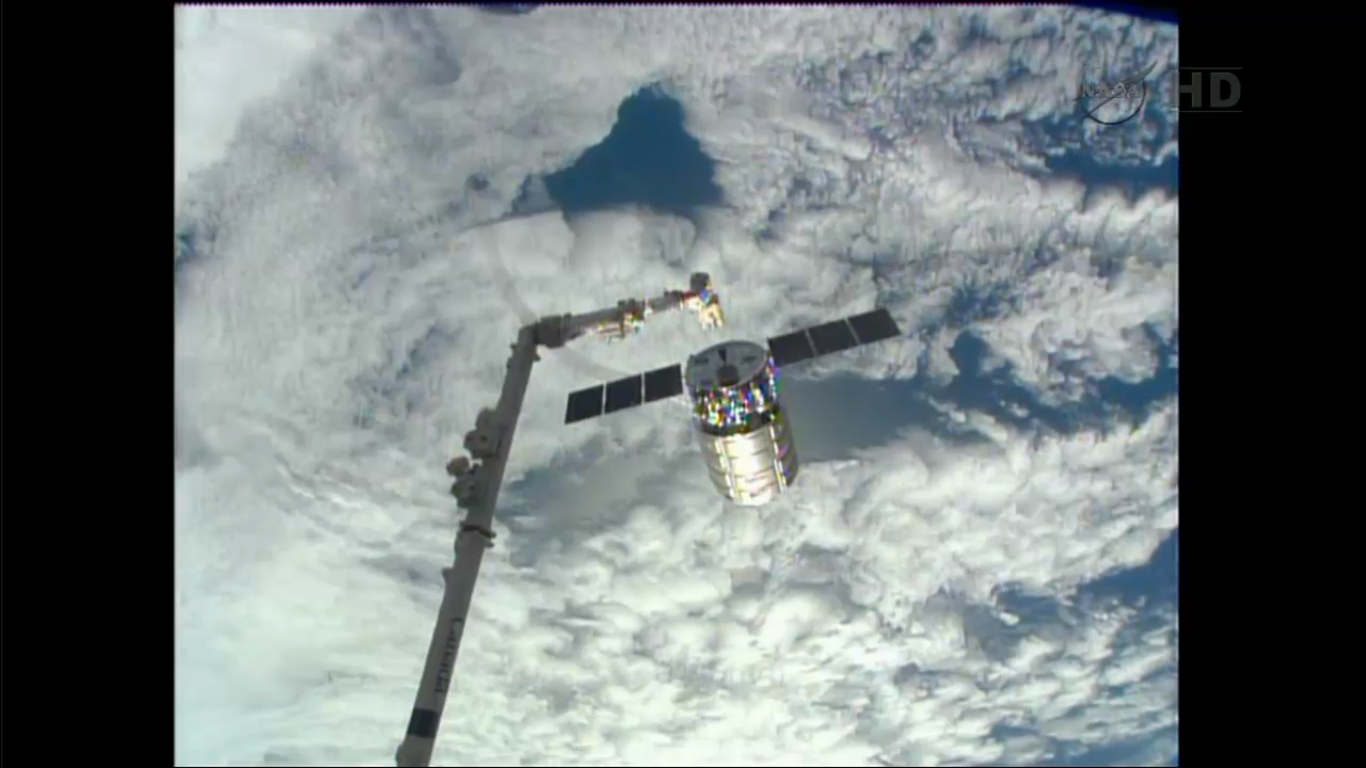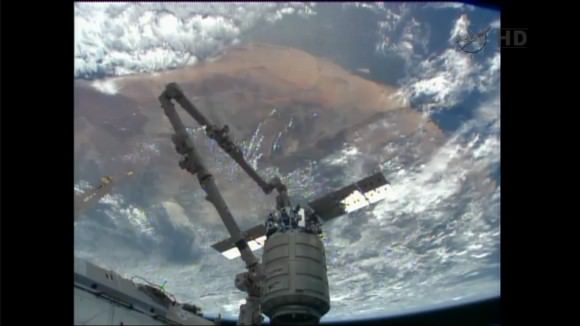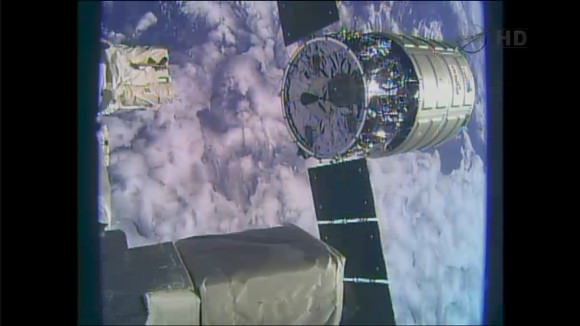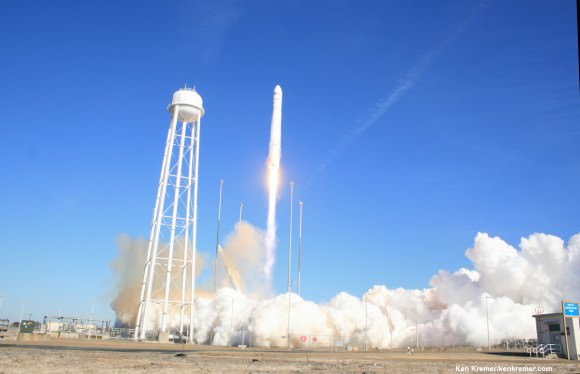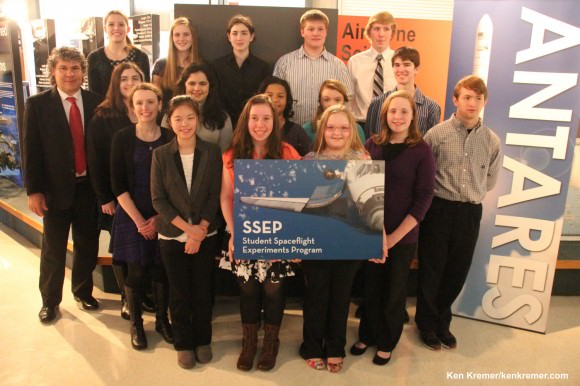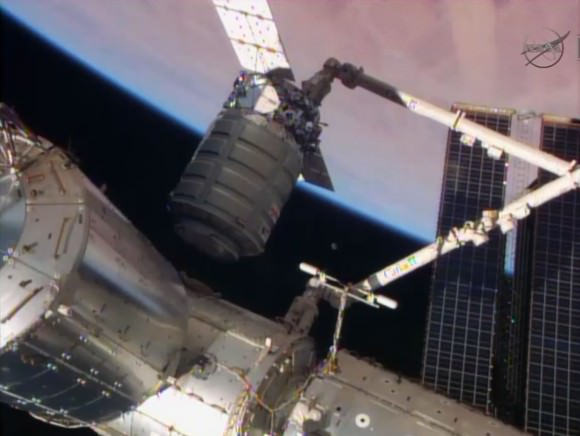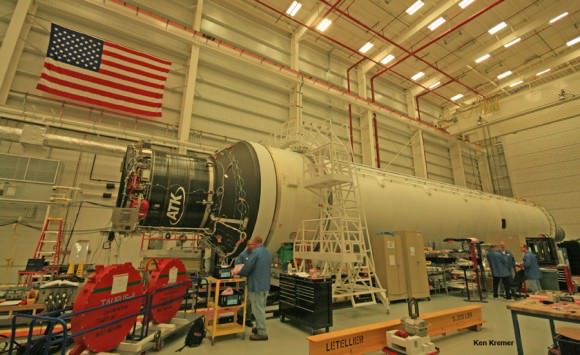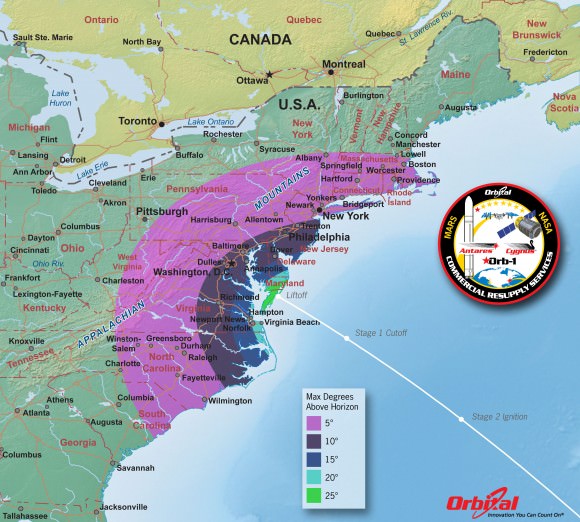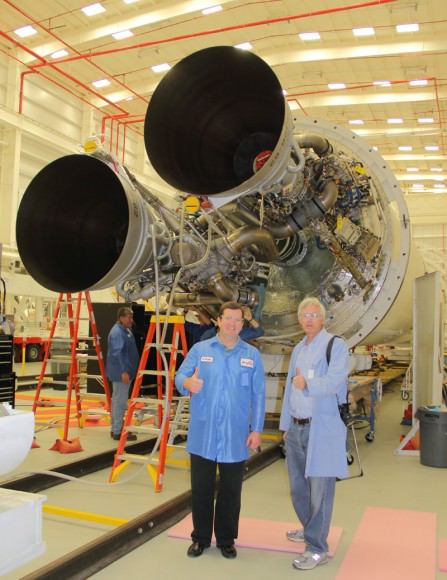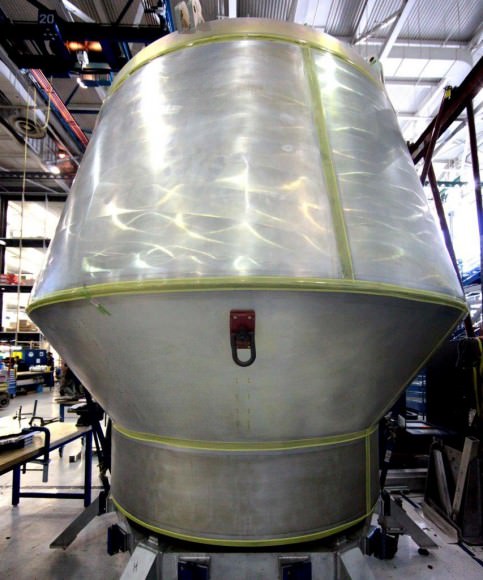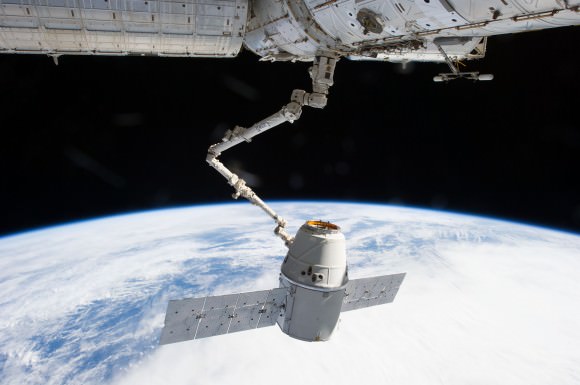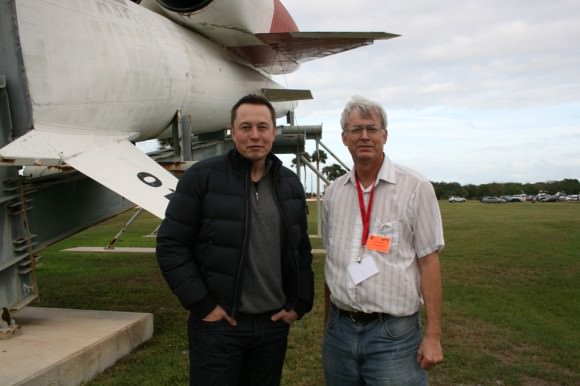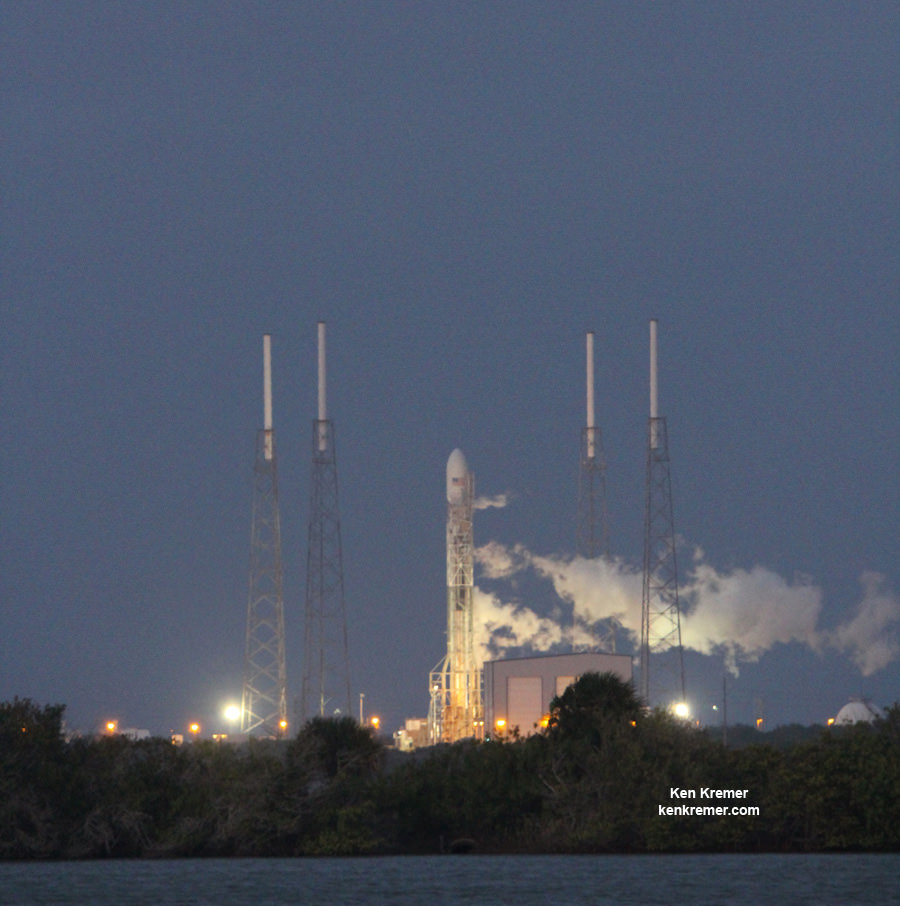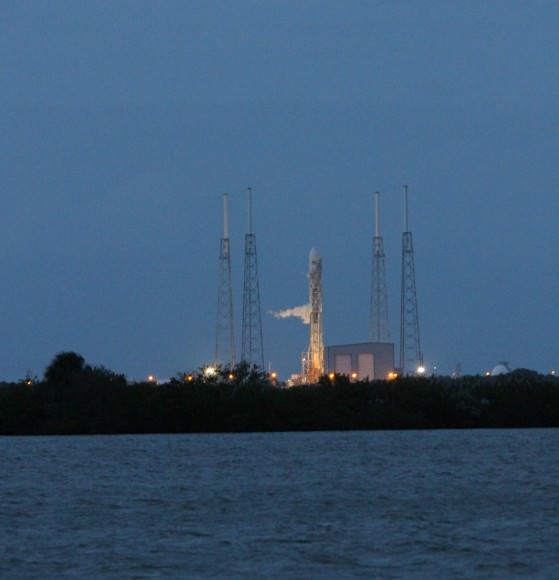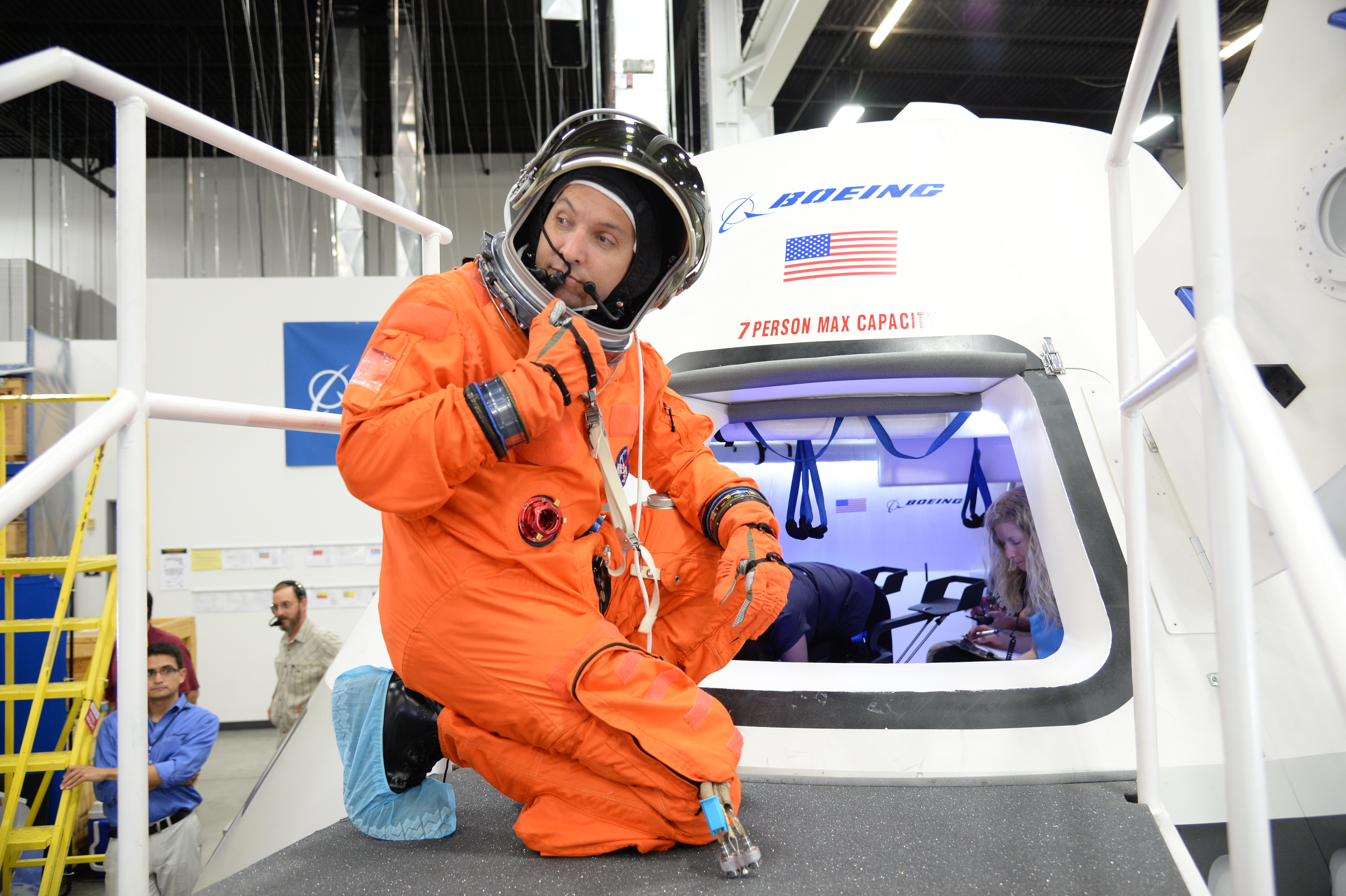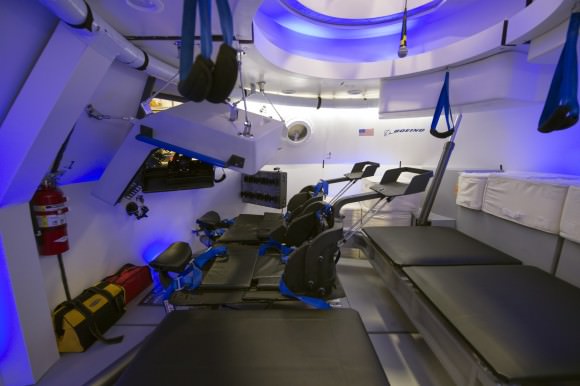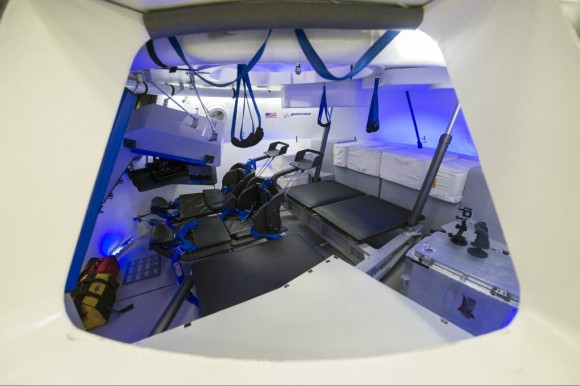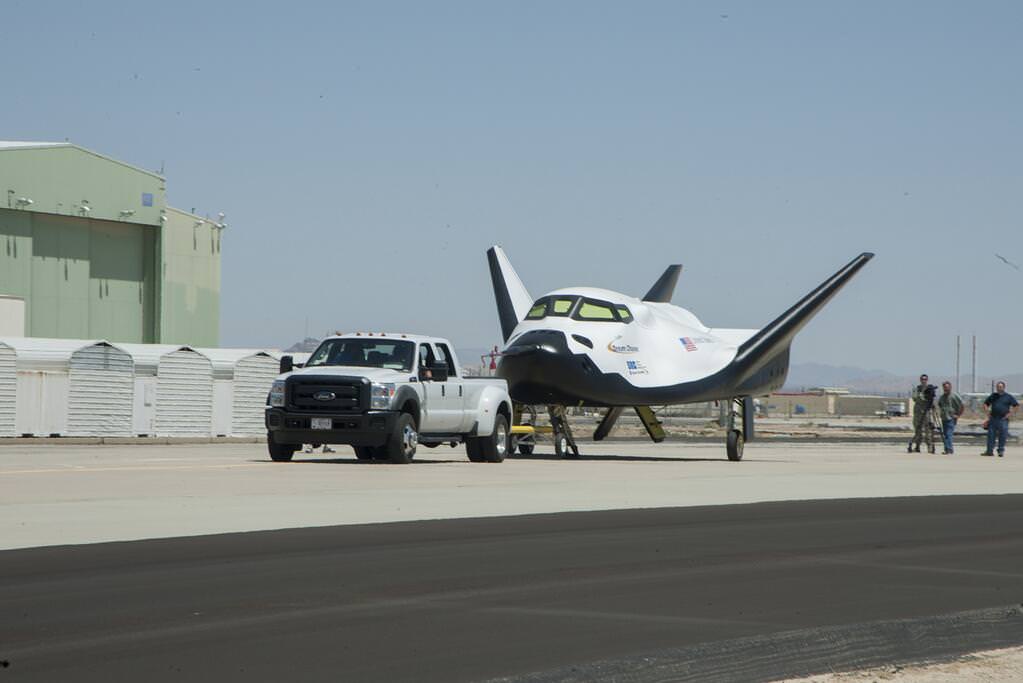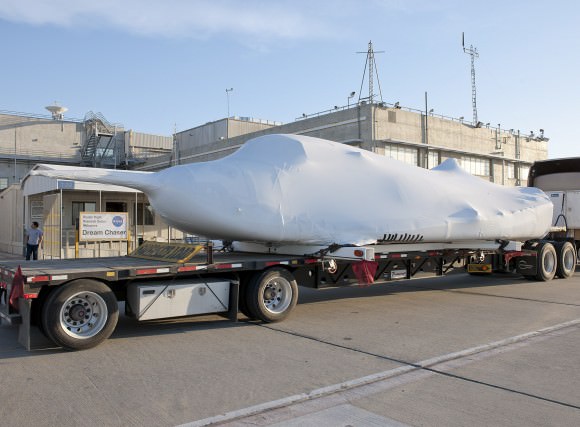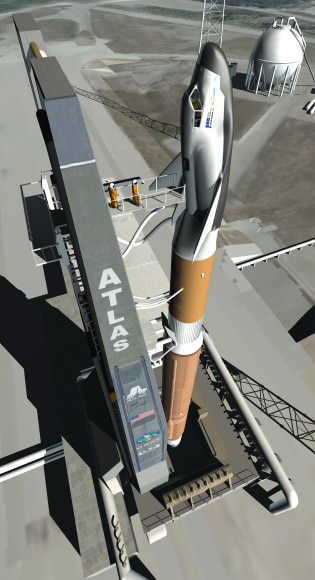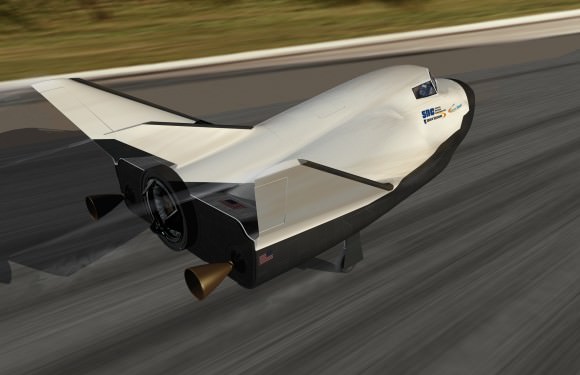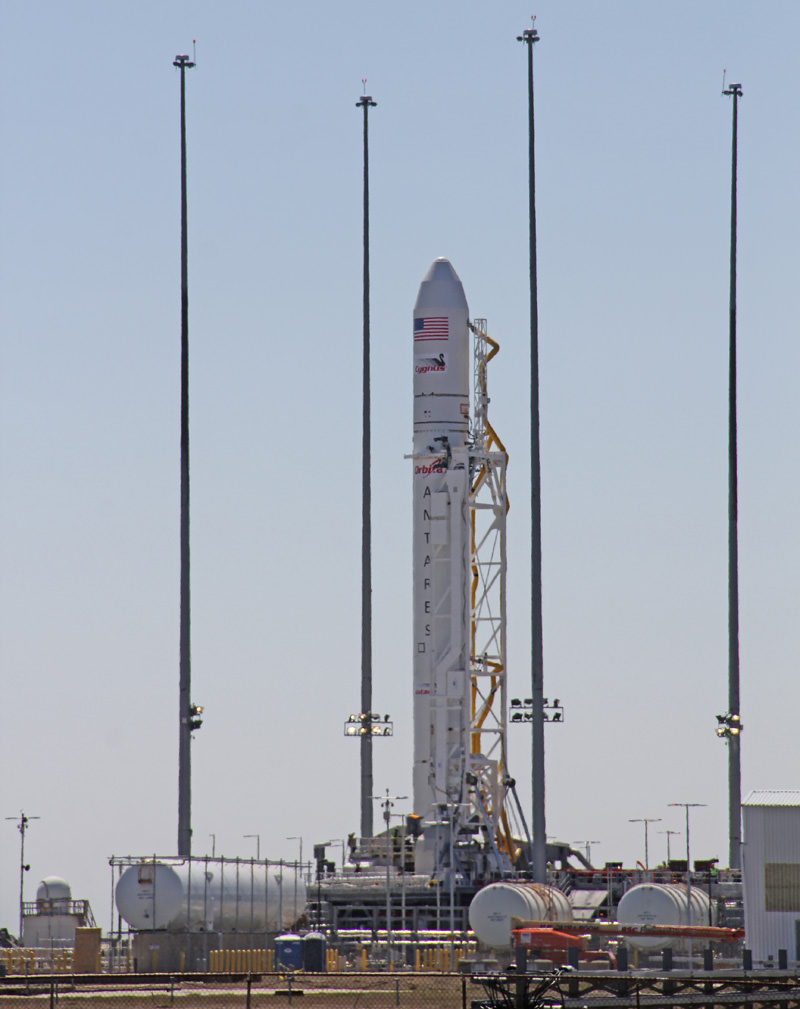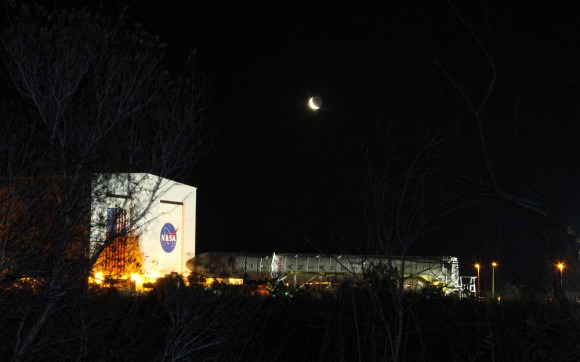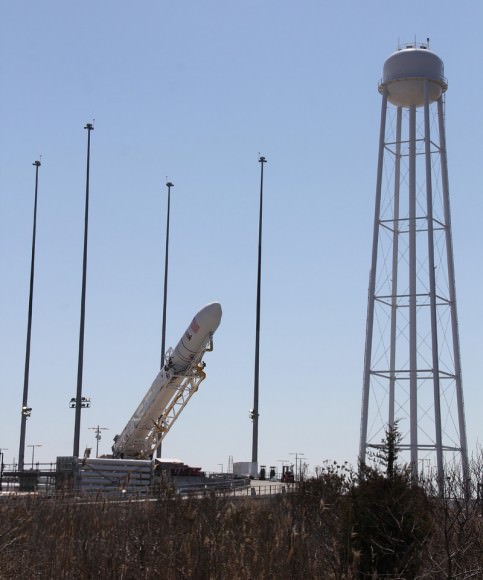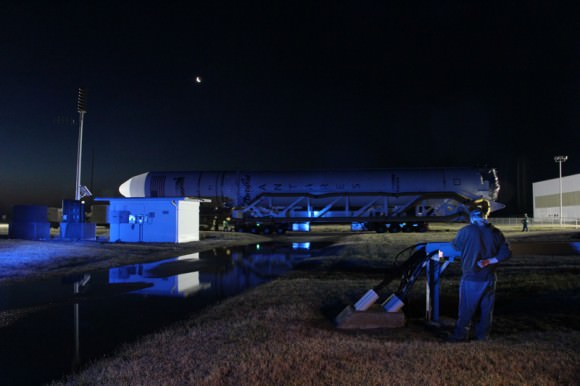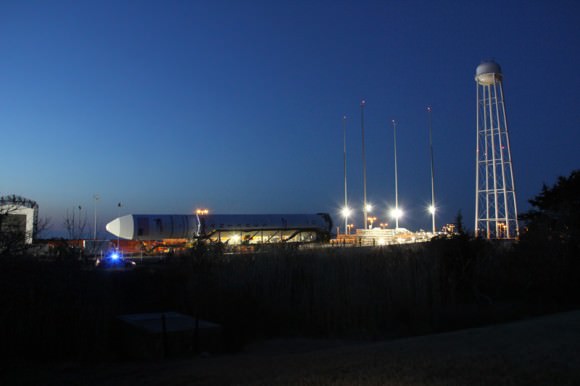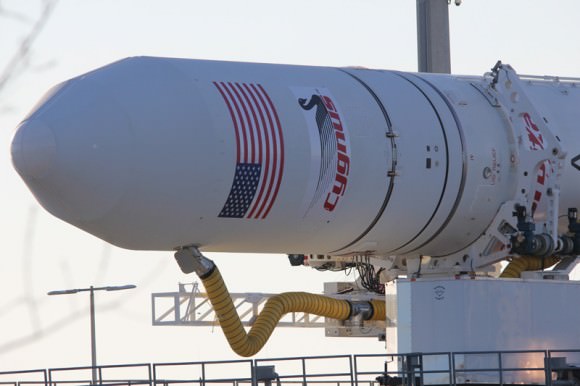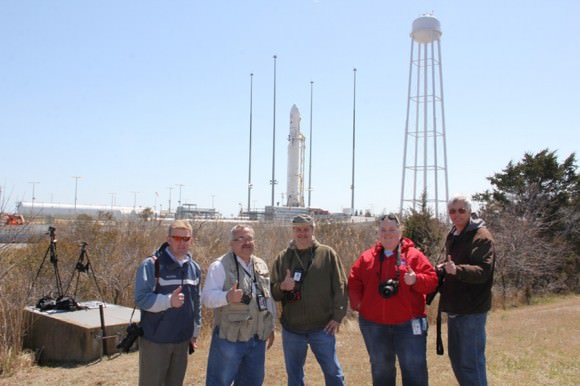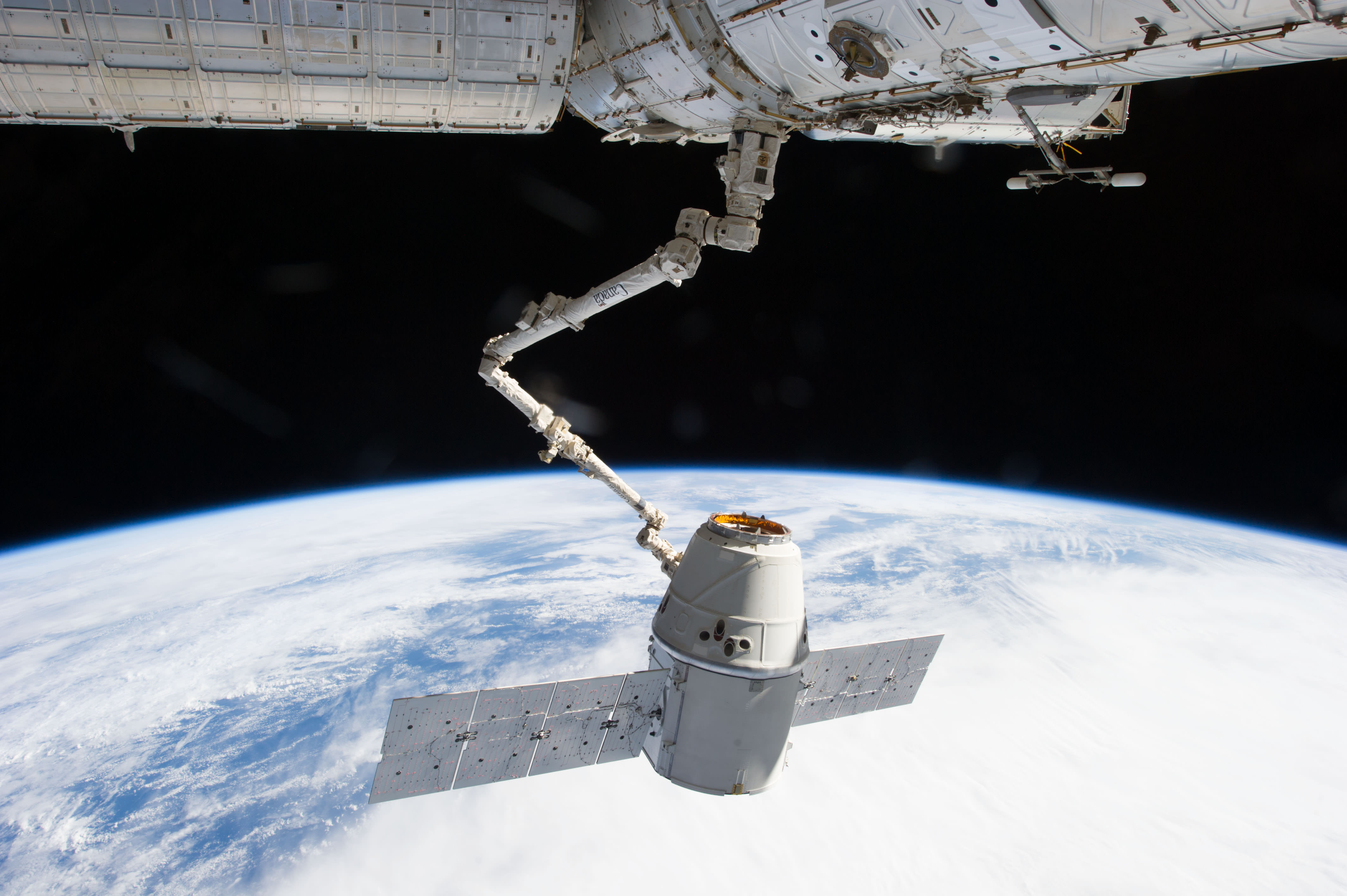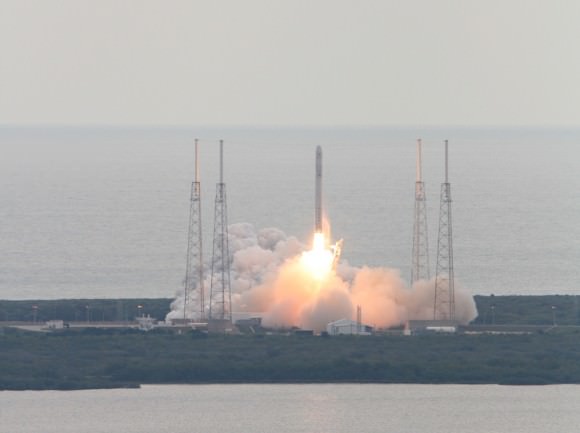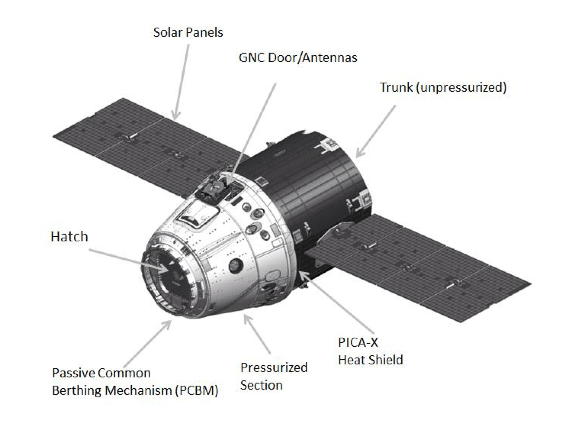CAPE CANAVERAL AIR FORCE STATION, FL – The sudden and unexpected outage of a crucial tracking radar that is mandatory to insure public safety, has forced the scrub of a pair of launches planned for this week from Cape Canaveral, FL, that are vital to US National Security, United Launch Alliance, SpaceX and NASA.
The tracking radar is an absolutely essential asset for the Eastern Range that oversees all launches from Cape Canaveral Air Force Station and the Kennedy Space Center on the Florida Space Coast.
The pair of liftoffs for the National Reconnaissance Office (NRO) and SpaceX/NASA had been slated just days apart on March 25 and March 30.
Urgent repairs are in progress.
Both launches have now been postponed for a minimum of 3 weeks, according to a statement I received from the 45th Space Wing of the US Air Force that controls the critical launch control systems, communications, computers and radar elements.
An Atlas V rocket carrying the super secret NROL-67 intelligence gathering spy satellite for the National Reconnaissance Office and a SpaceX Falcon 9 rocket carrying a Dragon cargo freightor bound for the International Space Station (ISS) were both in the midst of the final stages of intensive pre-launch processing activities this week.
The Eastern range radar was apparently knocked out by a fire on March 24, a short time after the early morning rollout of the United Launch Alliance (ULA) Atlas V rocket to the launch pad at Space Launch Complex 41 on Cape Canaveral.
“An investigation revealed a tracking radar experienced an electrical short, overheating the unit and rendering it inoperable,” according to today’s explanatory statement from the USAF 45th Space Wing.
“The outage resulted in an inability to meet minimum public safety requirements needed for flight, so the launch was postponed.”
A SpaceX spokesperson likewise confirmed to me that their launch was also on hold.
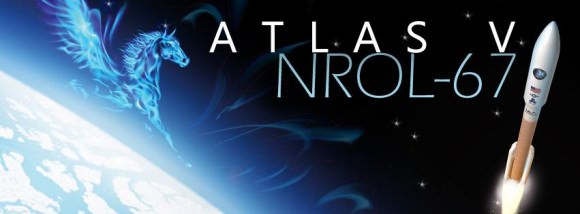
A fully functional tracking radar is an absolute requirement to ensure the success and safety of any launch.
The range radar must also be functioning perfectly in order to destroy the rocket in a split second in the event it veers off course to the nearby heavily populated areas along the Space Coast.
Myself and other space journalists had been working at Pad 41 on March 24 and setting up our remote cameras to capture spectacular up close views of the blastoff that had then been scheduled for March 25.
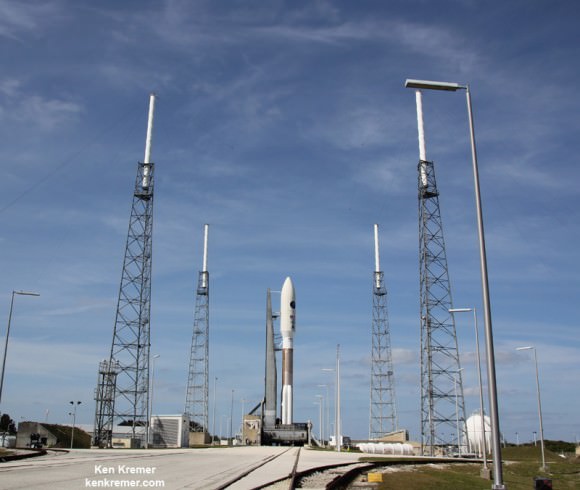
Insufficient maintenance and antiquated equipment due to a lack of US government funding and investment in infrastructure may be implicated.
The range outage for such an extended period of time reveals a clear vulnerability in US National Security planning.
The Air Force is also looking into the feasibility of reviving an inactive radar as a short term quick fix.
But in order to use the retired backup system, it will also have to re-validated to ensure utility and that all launch control and public safety requirements are fully met.
Simultaneously, the engineering team is recalculating launch trajectories and range requirements.
Such a revalidation process will also require an unknown period of time.
The full impact of putting these two launches on hold for the NRO and SpaceX is not known at this time.

Furthermore, the USAF will need to determine the downstream scheduling impact on the very busy manifest of all of the remaining launches throughout 2014 – averaging more than one per month.
Neither the NRO nor NASA and SpaceX have announced firm new launch dates.
The earliest possible Atlas V launch date appears to be sometime in mid-April, but that assessment can change on a dime.
In the meantime, personnel from the 45th Space Wing will continue to work diligently to repair the range radar equipment as quickly as possible.
ULA engineers also rolled the Atlas V rocket back to its processing hanger until a new launch target date is set.
SpaceX likewise awaits a target launch date for the Dragon CRS-3 cargo mission packed with some 5000 pounds of science experiments and supplies for the six man station crew.
It seems likely that the next Orbital Sciences Antares/Cygnus launch to the ISS will also have to be postponed since Dragon and Cygnus berth at the same station port.
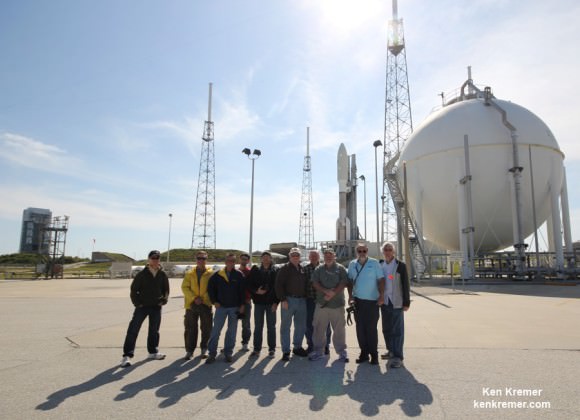
Stay tuned here for Ken’s continuing Atlas V NROL 67, SpaceX, Orbital Sciences, commercial space, Orion, Chang’e-3, LADEE, Mars rover, MAVEN, MOM and more planetary and human spaceflight news.
Learn more at Ken’s upcoming presentations at the NEAF astro/space convention, NY on April 12/13 and at Washington Crossing State Park, NJ on April 6. Also at the Quality Inn Kennedy Space Center, Titusville, FL, March 29.

